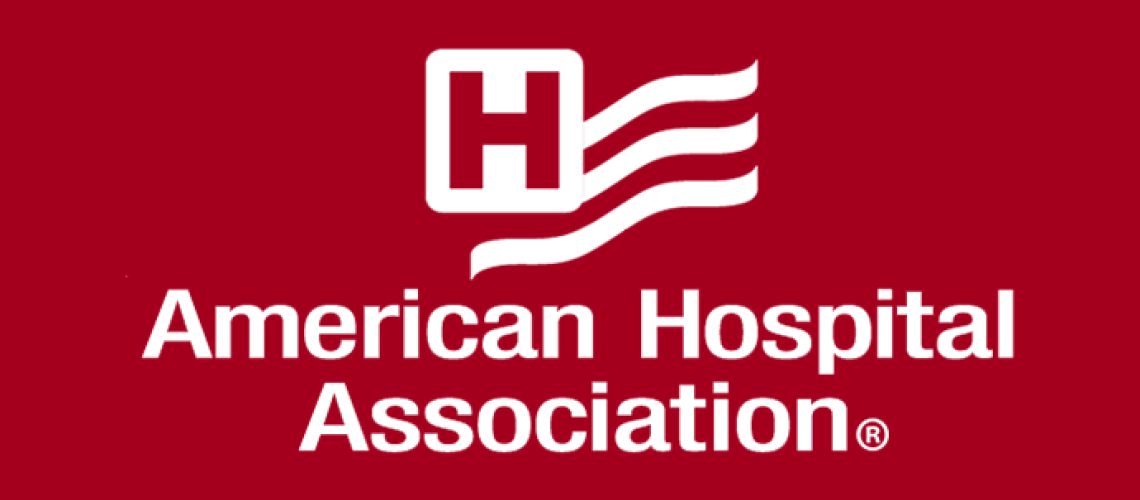When commenting on the Medicare Hospital Outpatient Prospective Payment System (OPPS) and Ambulatory Surgical Center (ASC) Payment System proposed rule for calendar year (CY) 2023, the American Hospital Association (AHA) supported the decision to end the unlawful 340B reimbursement cuts but opposed the outpatient payment updates.
After the US Supreme Court sided with AHA in American Hospital Association v. Becerra, CMS clarified in the OPPS proposed rule that it would terminate the Medicare 340B reimbursement cuts for CY 2023.
The proposed rule included a payment rate of average sales price (ASP) minus 22.5 percent for 340B drugs, but CMS said it plans to apply a rate of ASP plus 6 percent for 340B drugs in the OPPS/ASC final rule.
AHA voiced support for this decision and urged CMS to apply a budget neutrality adjustment when restoring payments for CY 2023 to avoid permanent payment shortfalls related to the policy. Additionally, AHA requested that CMS restore payments for CYs 2018 to 2022 without penalizing other hospitals.
“The end of this harmful policy and prompt repayment of funds without any retrospective claw backs will help ensure that both 340B and non-340B hospitals can continue to care for the patients and communities they serve,” the letter stated.
AHA also supported the payment policies regarding rural emergency hospitals (REHs). REHs will receive a monthly facility payment calculated using Medicare claims data.
However, the trade association asked CMS to evaluate the inclusion of Medicare Advantage payments in its calculations. In addition, AHA asked that the agency continue to consider reimbursement and regulatory requirements that ensure the sustainability of REHs as financial challenges persist.
The letter raised concerns about the 2.7 percent reimbursement rate update for OPPS hospitals and ASCs.
“A 2.7% update is woefully inadequate and does not capture what hospitals and health systems need to continue to overcome the many challenges that threaten their ability to care for patients and provide essential services for their communities,” AHA wrote. “This includes the extraordinary inflationary expenses hospitals are being forced to absorb, particularly related to supporting their workforce while experiencing severe staff shortages.”
The payment update reflects a proposed 3.1 percent market basket update and a 0.4 percentage point reduction for the productivity adjustment.
The market basket update was based on data from the end of CY 2021, which AHA says should not be considered a steady-state economic environment that is a continuance of past trends. The letter urged CMS to increase the market basket in the final rule to account for the unstable inflationary environment in which hospitals are currently operating.
AHA also opposed the productivity adjustment, as productivity has declined in recent quarters due to the COVID-19 public health emergency. The trade association encouraged CMS to reduce the productivity cut and elaborate on the productivity gains on which the 0.4 offset is based.
The OPPS/ASC rule proposed adding facet joint interventions to its prior authorization process, an update that AHA opposed. The letter stated that the increased utilization of these services has other appropriate justification and utilization has already recessed. In addition, there are other oversight mechanisms CMS can use to address improper Medicare payments that do not delay patient care, according to AHA.
AHA asked CMS not to finalize this policy and instead improve its existing oversight policies and improve education on Medicare payment policy for providers and billing and coding teams.
Amid supply chain issues, CMS proposed payment boosts for IPPS and OPPS facilities that purchase domestically made NIOSH-approved surgical N95 respirators.
While AHA appreciated the approach to incentivize domestic manufacturing, the organization noted that the proposal may increase reporting burden on hospital staff and front line workers. Therefore, AHA urged CMS to collaborate with stakeholders and establish a less burdensome method for the payment adjustments.
——————————————————
Photo courtesy of: RevCycle Intelligence
Originally Published On: RevCycle Intelligence
Follow Medical Coding Pro on Twitter: www.Twitter.com/CodingPro1
Like Us On Facebook: www.Facebook.com/MedicalCodingPro







